National Grid ESO publishes its latest roadmap for Britain’s electricity system, Future Energy Scenarios 2022.
Published every summer, Future Energy Scenarios is the grid network operator’s annual look into the future of the nation’s energy outlook.
It is developed based on the input of hundreds of industry experts and sets out a series of four credible pathways for Britain to try and meet its net zero by 2050 target, as well as meet National Grid ESO’s goal of a decarbonised electricity system by 2035.
The four framework scenarios analysed in Future Energy Scenarios 2022 remain broadly unchanged to previous years. However, the ‘Steady Progression’ scenario is renamed ‘Falling Short’ to highlight how this roadmap wouldn’t actually meet the net zero by 2050 target.
- Falling Short: the least ambitious and the slowest credible decarbonisation with minimal behavioural change. Decarbonisation in power and transport but not in heat
- System Transformation: driven mainly by the way energy is generated and supplied rather than changes in consumer behaviour; focus on hydrogen for heating and greater supply-side flexibility.
- Consumer Transformation: driven mainly by consumer behavioural changes rather than changes to power generation and supply; focus on electrified heating and a quicker transition to energy efficient homes.
- Leading the Way: the most ambitious and fastest credible decarbonisation based on significant lifestyle changes. Relies on heavy investment in renewables, building storage for excess electricity, and developing a smarter, more flexible energy system.
Under the Falling Short scenario, the net zero by 2050 goal is missed, although it would almost meet the previous UK goal of an 80% reduction in greenhouse gas emissions from 1990 levels.
The other three scenarios all achieve net zero, as well as all interim carbon budgets. In fact, Leading the Way anticipates meeting the net zero target by 2047 with emissions net negative by 2050.
Compared to last year’s report, Future Energy Scenarios 2022 expects decarbonisation to occur slightly quicker than expected throughout the next decade.

A Changing World…
“Since last year’s Future Energy Scenarios, the world has continued to change at pace. The impact from the pandemic is still being felt, while the devastating war in Ukraine is testing supply chains and access to fossil fuels for homes and industry.
“The past year has sparked recognition of the importance of a faster transition to Net Zero, to support energy security and reduce exposure to volatile international fossil fuel prices, by harnessing abundant renewable and low carbon resources.
“In the grips of a cost-of-living crisis, it is crucial that we never lose sight of the consumer while also focusing on delivering the broader societal benefits that can come from the transition.
“We are working hard with the industry to deliver carbon free operation by 2025, such as through our Pathfinder projects to find innovative new ways of operating the electricity system, keeping costs down for consumers.
“By 2035, we want to run a fully decarbonised electricity system all the time – helping the UK on its way to meeting its legally binding target of Net Zero by 2050.
“Through reducing our reliance on fossil fuels and moving towards 100% renewable and low carbon energy, we can create long-term energy security and deliver sustainable economic opportunities across the country.”
– Fintan Slye, Executive Director of National Grid ESO

Future Energy Scenarios 2022 Key Recommendations
This year’s report is divided into four main areas:
- Policy & Delivery
This section focuses on three core strands. Firstly the need for a comprehensive demand side strategy to support the UK government’s energy security strategy.
Secondly, improving energy efficiency is a ‘no-regrets policy solution’ with a plan to roll out thermal insulation urgently required.
Finally, there needs to be a more regionalised focus on heat decarbonisation as opposed to the current ‘one-size fits all national approach’, which is branded ‘sub-optimal’.
- Consumer & Digitalisation
Significant levels of demand side flexibility will be needed after 2035 to support the electricity system without unabated natural gas.
Suppliers will need support through measures such as flexible time-of-use tariffs. This will require the rollout of smart technologies to ensure a just and fair transition.
While targeted campaigns led by trusted bodies will be critical to provide consumers with the information they need.
- Markets & Flexibility
Reducing reliance on natural gas will require significantly more flexible capacity than at present. Both the Consumer Transformation and Leading the Way scenarios model for greater than 115 GWh of electricity storage capacity by 2035.
In addition, market reform to improve locational signals has the potential to optimise power dispatch at the local level. While the energy markets must embrace flexible tariffs, support innovation, and reduce the current barriers to entry.
- Infrastructure & Whole Energy System
Strategic whole system thinking combined with urgent investment is vital to ensure the energy system doesn’t act as a ‘blocker to net zero’. While inter-seasonal storage capacity is essential to run a renewables-based system year round and increase resilience against external security of supply risks.
Competition is also key both at a top-line level to deliver affordable large-scale projects and at the local level to ensure regions can adopt the solutions most suited to their customers’ needs.
Read the full Future Energy Scenarios 2022 document here, or get a snapshot in this special FES in 5 minutes summary.
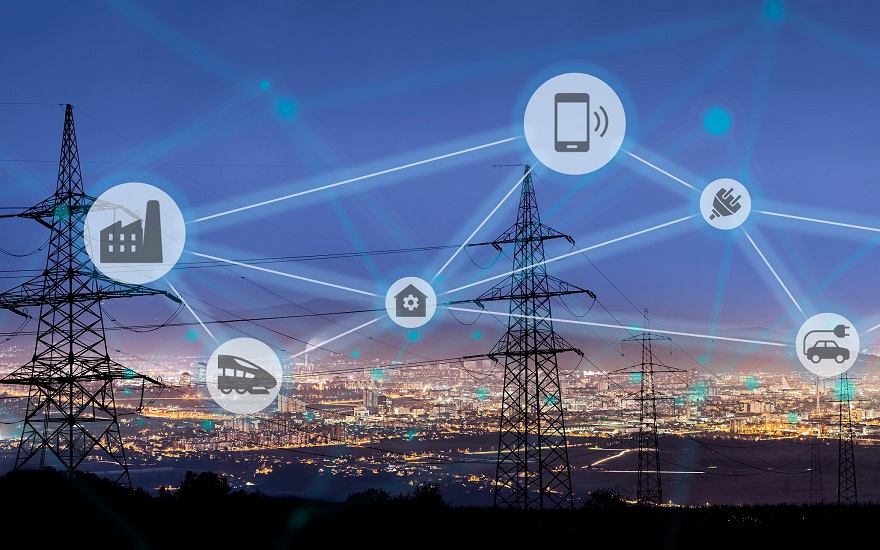
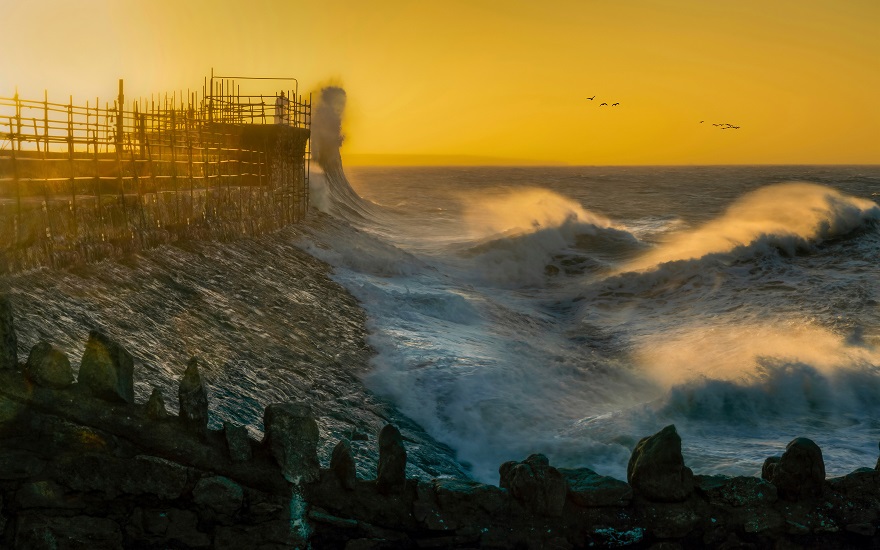
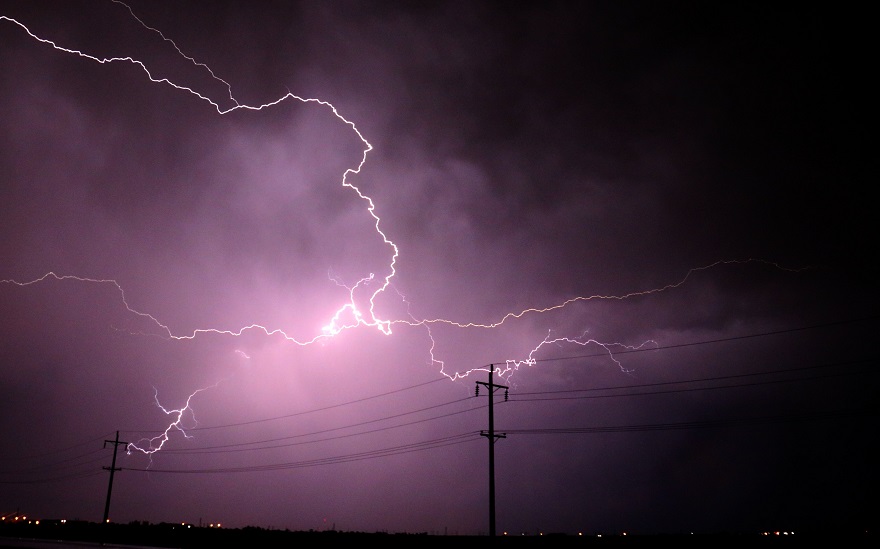
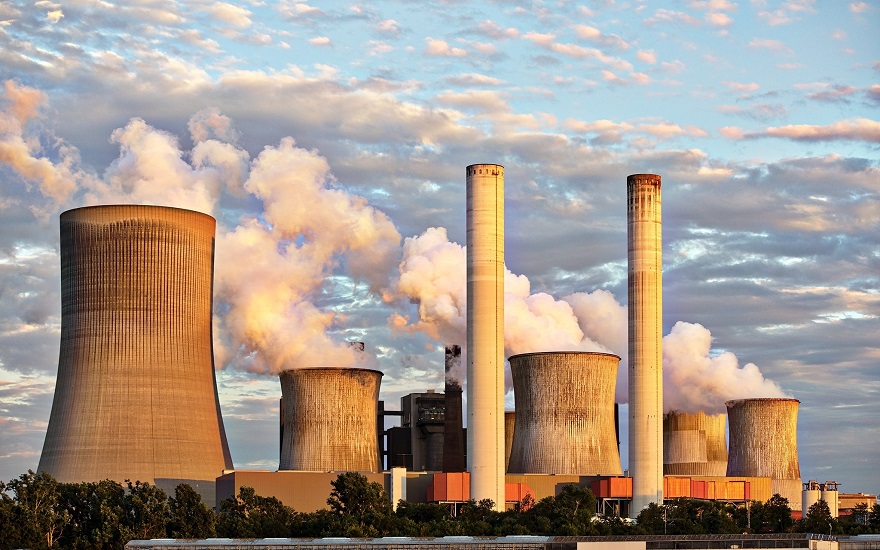
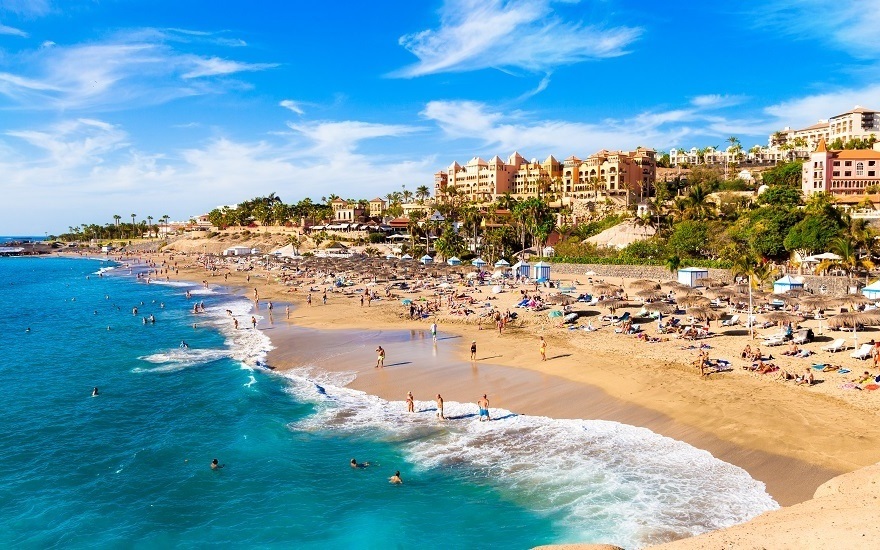
The “Future Energy Scenarios 2022” report from National Grid ESO highlights the crucial pathways Britain must navigate to meet its net zero by 2050 target. The scenarios, ranging from “Falling Short” to “Leading the Way,” illustrate the varying degrees of ambition required for effective decarbonisation. The report underscores the need for swift action, emphasizing that without significant investment in renewable energy and infrastructure, the more modest scenarios will fall short of the net zero goal. Notably, the “Leading the Way” scenario, with its rapid decarbonisation through extensive investment in renewables and energy storage, presents the most promising route to achieving the target. The report also points to the necessity of a holistic approach, integrating policy improvements, consumer engagement, and flexible energy systems to ensure a resilient and affordable transition. This comprehensive framework underscores the importance of aligning short-term actions with long-term climate goals, ensuring that the transition to a decarbonised energy system supports both environmental and economic sustainability.